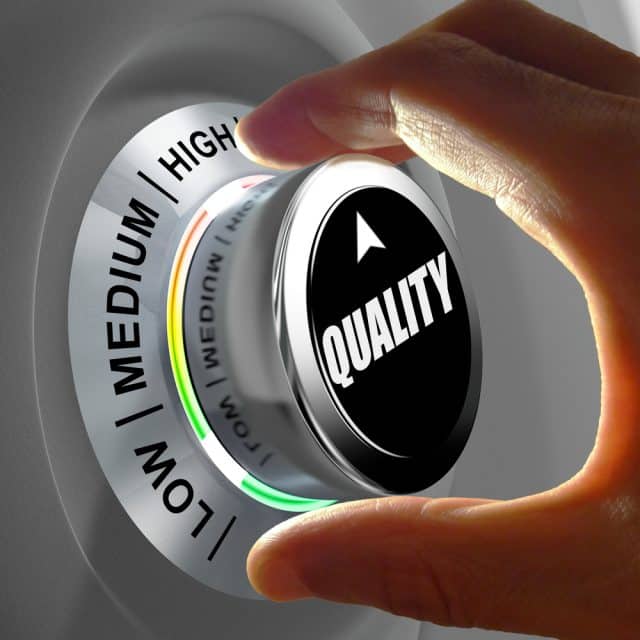3 reasons QA and monitoring must merge to support new customer expectations

Customer expectations have dramatically shortened the software development cycle. The question now for development teams is how to ensure quality assurance and innovation.
Traditionally, QA was a major step in the process. Developers would create the software. Quality assurance engineers would test it. But customers now want new versions and features more quickly, and the traditional approach to QA simply takes too much time.
A solution to this predicament lies in modern automated infrastructure, where a merger of the traditional roles of QA and monitoring can yield faster -- and better -- results. Infrastructure as Code (IaC)-built tool chains that deliver continuous observability with AIOps give site reliability engineering (SRE) teams the ability to oversee the entire process, from the first piece of code to public release -- an important "shift left."
This merger of roles hastens development time but also improves the customer experience and fuels innovation.
Observability with AIOps satisfies the need for speed
Simply put, observability with AIOps sifts through the noise to surface the most actionable steps to resolve an IT issue. Through artificial intelligence, machine learning, automations and workflows, the technology is an invaluable tool for DevOps and SRE teams. The end result is less downtime, quicker remediation and more time to improve and innovate.
Consider the "needle in a haystack" situation the traditional workflow creates. The DevOps team leaves QA engineers with the time-consuming task of pinpointing an issue amid an ocean of data. A bottleneck in the development process results.
But the merging of traditional QA and monitoring through intelligent observability streamlines the CI/CD workflow. AIOps quickly identifies the most serious issues and their root causes so they can be resolved amid development.
Reliability is everyone’s responsibility
The merger of quality assurance and monitoring creates a holistic view of the software development process and eliminates workflow silos. Continuous oversight eliminates the troubling handoffs between teams that can occur despite a known issue or the optimization for local efficiency only.
Teams are given consistent feedback throughout the development cycle. The traditional approach requires multiple teams to receive feedback, often through multiple processes. At best, this was time-consuming. At worst, feedback was overlooked. An issue persisted. Reliability suffered.
The merger approach means teams share responsibility for quality assurance even after the software’s release. If an issue arises, SREs and DevOps teams can tackle the problem immediately without needing to wait for a QA team, a response-time delay under traditional workflow.
Further efficiencies can be achieved if the configuration of down-stream observability solutions can be defined by developers (in the same manner as a unit test) and stored as code to be pushed as part of the pipeline. Think of this as a "shift right" contributing to a shorter value stream.
Through observability with AIOps, DevOps practitioners and SRE teams monitor from early development through daily performance, mitigating downtime by avoiding the hours spent on tasks that machine learning and AI can surface quickly and efficiently instead.
The gift of time to innovate
Observability with AIOps leads to innovation. Think about it. In a workflow silo, you aren’t thinking about the product holistically. Rather, you accomplish your part and move the product down the line. Should an issue arise, it’s the next team’s problem. But when your team has to fix a problem you created, you look to improve the process, not just create a patch.
The elimination of workflow silos forces DevOps teams to continually evaluate their own processes. They learn from the problems along the way rather than just handing them off. This type of workflow enabled through AIOps leads to self-discovery. Necessity indeed is the mother of invention.
Observability with AIOps allows development teams to monitor software systems as they are being built. Teams can gain actionable insights to resolve issues on the overall structure, not just one segment along the way. The merging of traditional QA and monitoring drives a whole new speed of delivery and reliability and gives your development teams the insight, ability and time to quickly launch competitive, innovative services.
Image credit: dtjs/depositphotos.com

As Moogsoft's chief evangelist, Richard Whitehead brings a keen sense of what is required to build transformational solutions. A former CTO and technology VP, Richard brought new technologies to market and was responsible for strategy, partnerships and product research. Richard served on Splunk’s Technology Advisory Board through their Series A, providing product and market guidance. Richard holds three patents and is considered dangerous with JavaScript.
